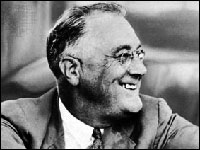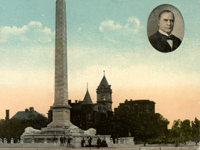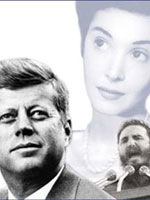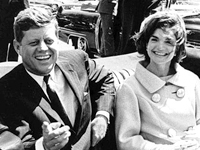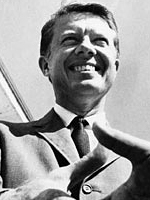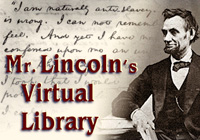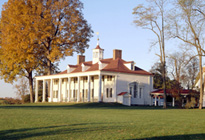Resources for Presidents Day
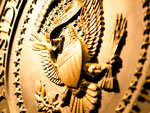
February 20 marks Presidents Day, 2012. An evolving holiday, it originally celebrated George Washington's birthday. Today, the holiday is also associated with Abraham Lincoln's birthday and with the office of president in general.
How do you think of this holiday? What does it mean to your students?

Regardless of which presidents you associate with the holiday or how you teach the presidency, you'll find resources to support you on our Presidents Day spotlight page. From lesson plan reviews to quizzes to teaching strategies, you'll find materials here to spark new ideas and deepen units and lessons you already teach.
There are plenty of resources available outside of Teachinghistory.org, too. Where else can you explore? Here are some ideas:
- Download a primary source set on Presidents Washington, Jefferson, and Lincoln and explore presidential portraits courtesy of the Library of Congress.
- Try out the many roles a president must play with Scholastic's interactive "7 Hat Challenge," or explore other Scholastic resources.
- Download lesson plans from EDSITEment's collection curated to accompany the PBS series The Presidents.
- Watch videos, view photographs, or learn about John Wilkes Booth and Lincoln's assassination in an interactive from HISTORY.com—or watch videos on the lives of more recent presidents.
- Read primary sources on the history of the holiday from the National Archives and Records Administration.
- Browse the Smithsonian Institution's resources on Abraham Lincoln, from his top hat to online exhibits to recommended picture books. Or skim through other digital resources on the presidents and the presidency.
- Uncover lesson plans, interactives, and other materials on presidential elections, Abraham Lincoln, Theodore Roosevelt, and Andrew Jackson in the Gilder Lehrman Institute of American History's online journal History Now.
- Read up on the lives of the presidents at Bio.com—or the White House.
